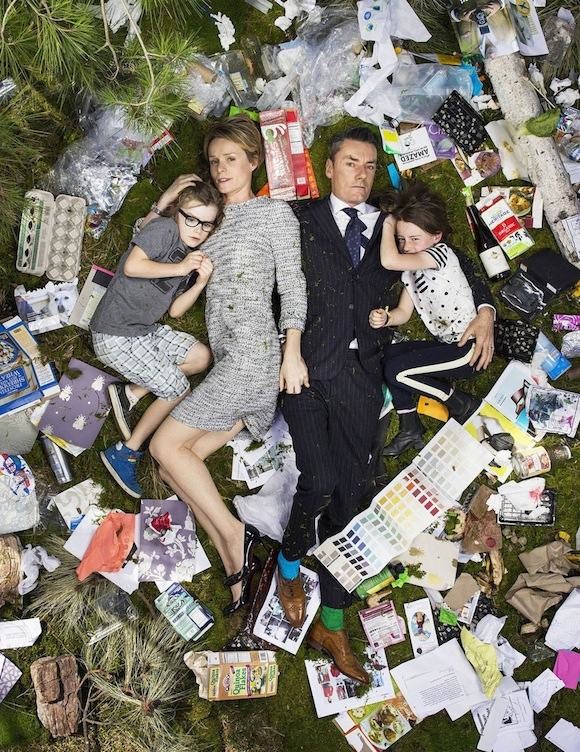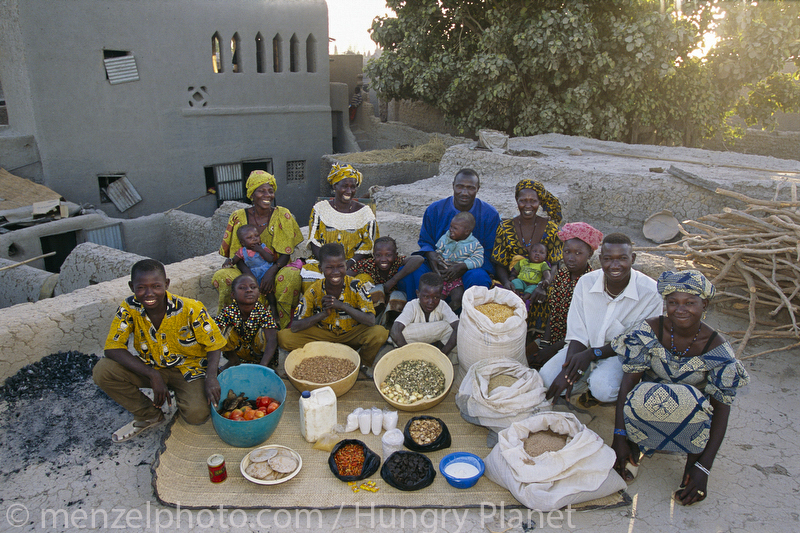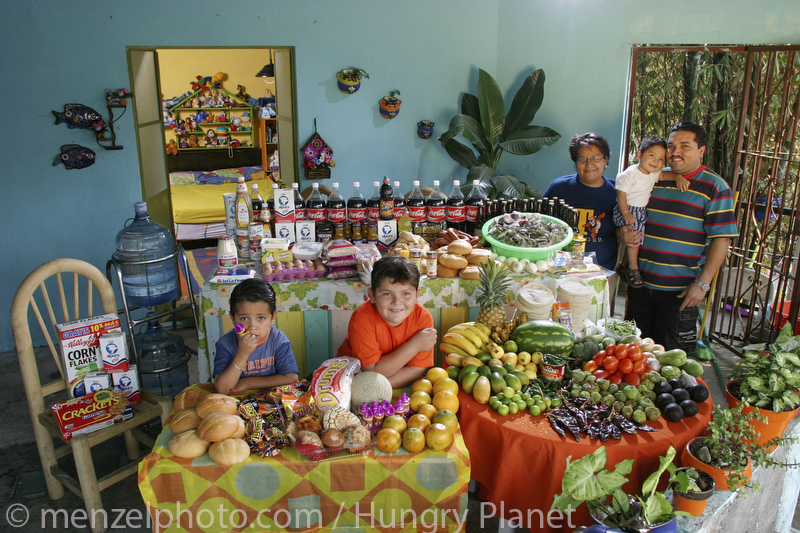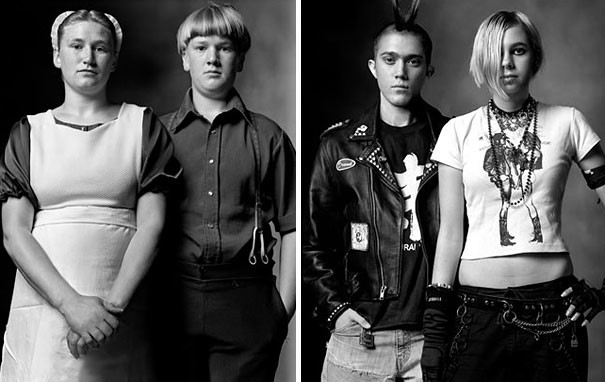I’ve noticed a bit of a trend on the internet lately. There are many photographers who are choosing to open up the public to differences in cultures—as well as differences within one culture—by focusing on one certain subject, such as groceries, trash, or bedrooms, and photographing these subjects using a wide variety of people from many different backgrounds. The result is a sad and beautiful look into countries and that we may not be as familiar with. While many of these series offer a very limited view of certain countries—we all know that life in the US is not as cut and dry as a photograph of a man in a hunting uniform—they do give an interesting perspective and something to think about.
7 Days of Garbage by Gregg Segal

While Segal’s series doesn’t compare the trash of other countries, it speaks a lot about the increasing waste problem in the United States. When was the last time you thought about how much waste you produce? Or where all of that waste goes after the trash truck takes it away? Throughout this series, you see couples, roommates, and families all lying in a week’s work of their trash. There are plastic bags, rotting food, and cardboard containers are mixed in together, which brings up another important question: are we all really recycling as much as we should be? Being able to see a week’s worth of trash on the ground really puts the trash problem into perspective.
Hungry Planet: What the World Eats by Peter Menzel & Faith D’Aluisio


Understanding the food of different cultures is a beautiful thing. While Americans may go to an Indian restaurant, or a Chinese restaurant, or an Italian restaurant, these places only provide a small glimpse into the true essence of the food and the culture. By photographing different families with a week’s worth of groceries around the world, Menzel and D’Aluisio create a captivating series that show us just how much (and how little) people consume. A family in Chad is shown with simple bags of grains, nuts and fruits, a family in Bhutan is shown with a wide variety of fresh fruits and vegetables, and a family in the United States is shown with take-out pizzas, pre-packaged foods and a Burger King cup.
Before & After by Esther Honig

Interested in different cultures’ ideas of beauty, Esther Honig sent an original photograph of herself—without any makeup or retouching—to forty different people around the world who were skilled in Photoshop. She only had one simple instruction: make her beautiful. While, again, it can be argued that if you sent a photograph to forty different people in the United States and asked them to Photoshop you, the results would likely be drastically different, some cultures really shine through. A photoshopped version from Morocco shows Esther completely covered except for her face, a version from Serbia shows her with blue eyes, natural makeup, and a pattern of circles across her chest, while a version from Philippines shows her with much longer hair, dark eye makeup, dark red lips, and flashy jewelry.
Created Equal by Mark Laita

Photographer Mark Laita aims to shine a light on the many different cultures found in America, exploring the many different ways in which people choose to express themselves and the many different life paths people take. These photographs range from young to old and rich to poor. Laita juxtaposes a janitor with the president of a company, a female bodybuilder with a drag queen, and a vegetarian with a butcher. He shows that even in one country, you can find many different people from many different walks of life.
While some of these photographs aim to show the differences between countries, some aim to showcase a problem within a country, and some aim to show that even one country can have a wide range of people, all bring to light parts of life that many of us don’t think of. Each is political in its own way, and each has stirred up a lot of joy and controversy in the age of the internet.
When capturing cultures through photography, we can create perceptions many people would not have the opportunity to see otherwise. At the NYFA, our MFA photography program allows students to explore capturing culture through photography.


